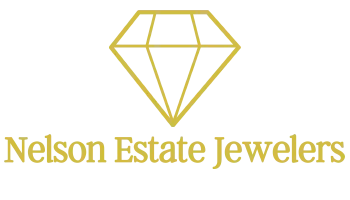The Ultimate Guide to Diamond Buying
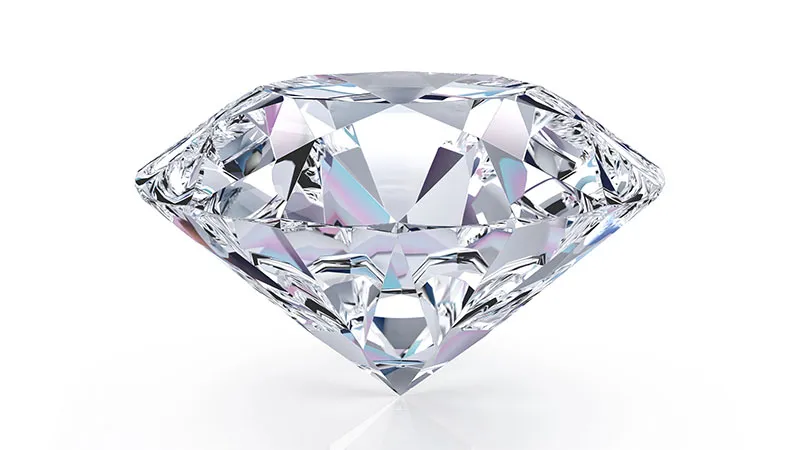
Introduction
Whether you’re ready to purchase the perfect engagement ring, celebrate a milestone anniversary, or want to build a pair of killer diamond studs, it’s essential to know what you’re paying for.
We wanted to simplify things and briefly break down the most important things to keep in mind when searching for the perfect diamond!
If you’re already confident in your diamond knowledge, feel free to Shop for Engagement Rings or sneak a peek at our Diamond Inventory. Otherwise, keep reading below!
STEP ONE: Set a Budget
Knowing what you want to spend is the first step to narrowing down your diamond search.
No budget is too small!
Remember, you can always upgrade in the future.
At Nelson Estate Jewelers, you will always get:
– A free consultation with a knowledgeable expert.
– Fair, transparent pricing.
– We work with YOUR budget!
– Lifetime trade-up options with any diamond you purchase.

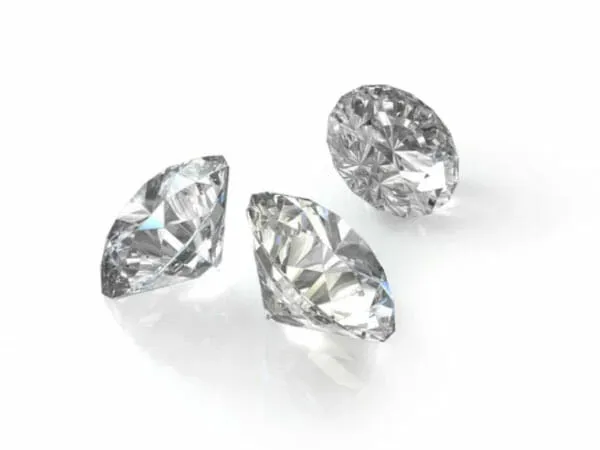
STEP TWO: Get to Know the 4Cs
To put it simply, the 4Cs refer to a diamond’s CUT, COLOR, CLARITY, and CARAT WEIGHT.
All these come into play when selecting a beautiful, quality diamond.
STEP THREE: Rely on Your Eyes
Like what you see?
Go with that.
This is the most important step, and we advise against buying a diamond online.
Even ideal gemological reports cannot convey the visual beauty of a diamond.
Diamond Viewing Tips:
– Diamonds that are well-cut reflect and refract maximum light—even in a dimly lit room!
– View the stone in the shadows to see how well it captures the light.
– Get up close to appreciate the color of a diamond.
– Stand at a slight distance to get a feel for higher clarity grades.
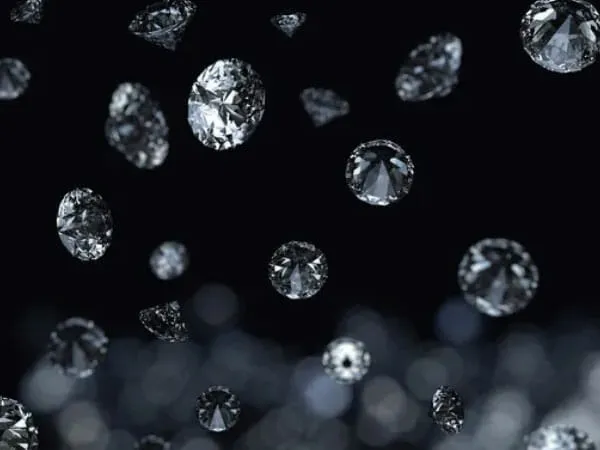
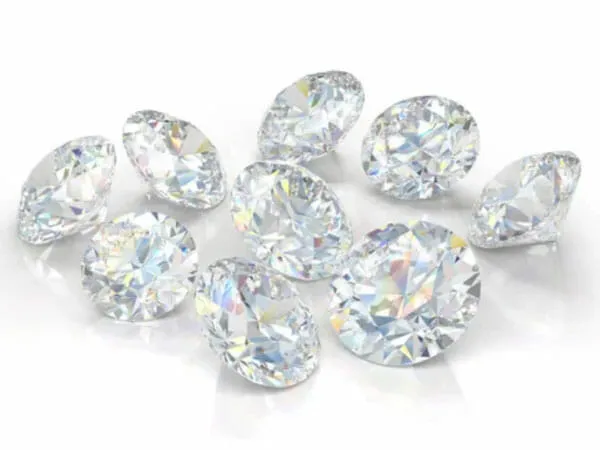
STEP FOUR: A Cut Above the Rest
Of the 4Cs, the cut is the most important because the best cuts sparkle!
An ideal cut can even allow you to overlook something such as a lower color grade by offering maximum sparkle.
Poorly cut stones can make even the most flawless diamonds look like duds.
STEP FIVE: Get Clarity on Clarity
Most diamonds have flaws, but the clarity scale, which runs from SI2-SI1 (slightly included) to FL (flawless), is determined by whether you can see these flaws with the naked eye or if you need 10x magnification.
Things to Consider to Maximize Budget:
– SI grades are a good starting point because you want to rely on your eyes.
– No inclusions are created equal, so one SI diamond may be far prettier than another SI diamond of the same color, cut, and carat weight.
– Some visible flaws can easily be hidden beneath a prong, which is another reason why you shouldn’t rule out SI grades in the beginning.
– If you decide on a diamond of lower carat weight, consider higher clarity because weight does affect a diamond’s clarity.
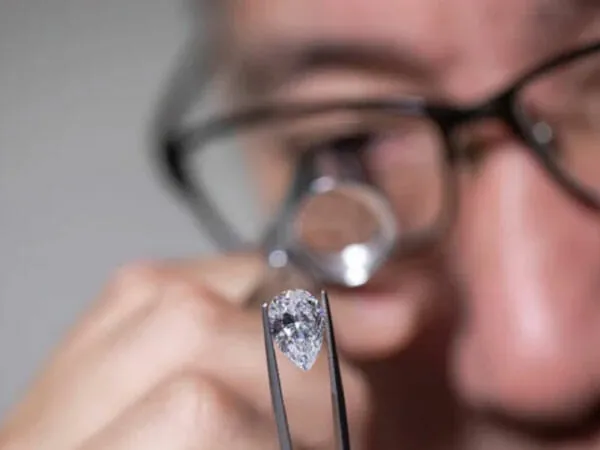
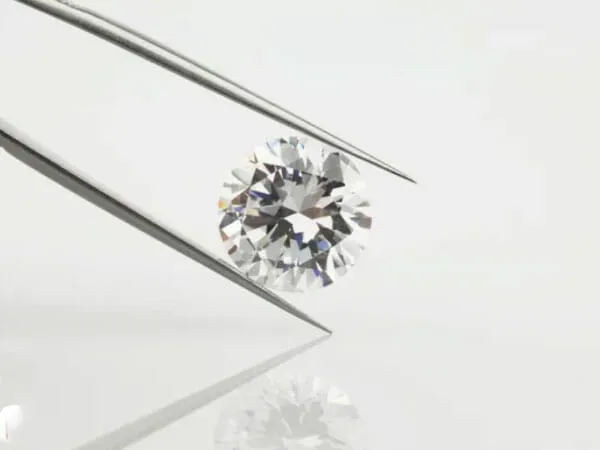
STEP SIX: Compromise on Color
When it comes to diamonds, colorless is extremely rare, which unfortunately also means that they’re much more expensive.
Opting for a lower color grade can save you quite a bit of money!
Things to Consider With Color:
– Consider starting with a G or H (near colorless) diamond for great value and quality!
– You can easily get away with a lower color grade if your diamond is set in rose gold or yellow gold because the warmth in the stone is less noticeable.
However, if you set your diamond in white gold, you will want to stick with an H or I (or higher).
– An ideal cut will also distract from the warmth in lower color grades, so make sure you focus on that!
STEP SEVEN: Crack the Code on Carat Weight
Typically, the initial thought on carat weight is “the bigger, the better.”
However, this isn’t necessarily true, especially since carat weight is only based on the weight of the stone, not how big it is or how it’s cut.
Important Things to Know About Carat weight:
– As carat weight goes up, so does the price.
– Carat Weight is not about size, it’s strictly about weight.
– Circling back to cut again, a diamond with a deep cut will look much smaller, even if the carat weight says it’s 1 carat, it could end up looking more like a half carat if all of the weight sits at the bottom.
– The opposite is true; a shallow cut can make the diamond look larger, but then you sacrifice maximum sparkle potential.
– You don’t have to pick your diamond based on a carat weight number.
– Finger size, mounting choice, and diamond shape could potentially mean that smaller carat weight may be more suitable.
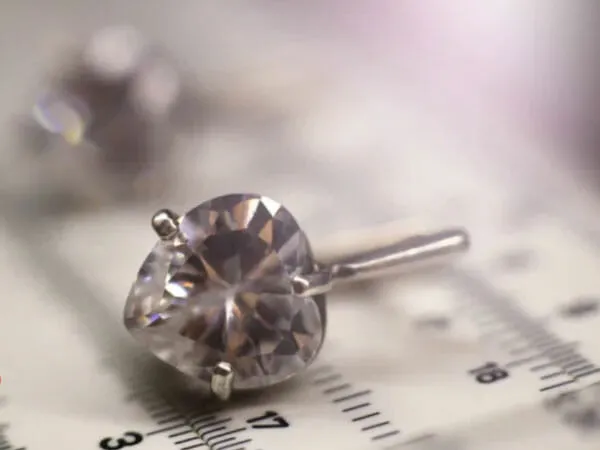
STEP EIGHT: Give Fancy Shapes a Fair Chance
Even though round, brilliant diamonds are the most common choice, that doesn’t mean you can’t share the love with the other shapes.
In fact, many fancy shapes look much larger than a round diamond and sometimes even cost a lot less.
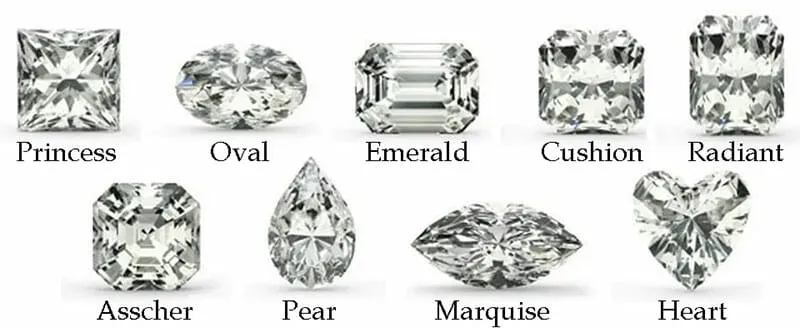
– Princess Cut – Stylish, contemporary, feminine, and looks good in most settings!
– Oval-Cut – A bold, modern cut that makes a statement. Ovals look much larger than rounds and can make fingers look more slender.
– Emerald Cut– An art-deco style step-cut that’s glamorous, sophisticated, and an absolute must in any vintage-inspired setting.
– Cushion Cut – This soft, romantic pillow-shaped diamond dazzles and provides maximum sparkle.
– Radiant Cut– This square shape offers intense sparkle, and the cropped corners make it perfect for an active woman who still wants to make a bold statement.
– Asscher Cut – This is a modern vintage, square version of the emerald cut and is a great choice for anyone who loves vintage but prefers a modern flair.
– Pear– This elegant teardrop shape is a cross between a round and marquise and looks incredible in a halo setting.
– Marquise– this unique, elongated diamond is cut in the shape of a football and looks the largest of all the cuts.
– Heart– This cut is sweet and sentimental! A solitaire setting is best suited for a heart-shaped diamond because it accentuates its shape very well!
STEP NINE: Slightly Less Saves More!
Once you hit the half-carat mark, the price of a diamond jumps significantly.
Once you hit the carat mark, it jumps even more!
This is due to the rarity factor of higher carat weights.
So…. What Does This Mean for You?
Visually, it’s difficult to see the difference between a .9 and a 1.0 carat, especially when the diamond is well-cut.
Financially, it makes all the difference!
If you buy just shy of a carat and set it in an impressive mounting, you can maximize the look of its size, and nobody but your wallet will know the difference!
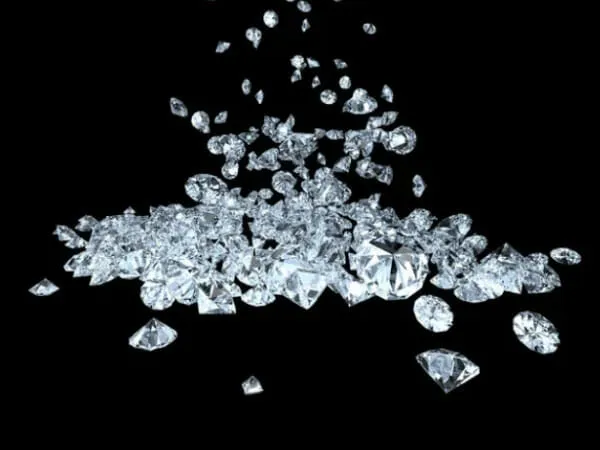
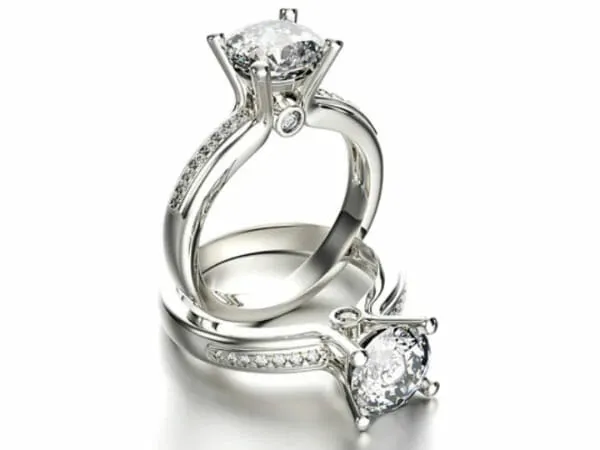
STEP TEN: Ask About Certified Diamonds
Certified diamonds include a grading report that ensures that your diamond is exactly what it says it is!
Who Certifies Diamonds?
Many organizations certify diamonds, the most popular being:
– GIA (Gemological Institute of America)
– AGS (The American Gemological Society)
– EGL (European Gemological Laboratory)
Most reputable jewelers use GIA!
ABOVE ALL ELSE: Trust Your Gut
Diamond-buying knowledge aside, you should always trust your instincts.
You can easily tell if someone has your best interest at heart or if they’re just trying to make a sale.
Never buy under pressure under any circumstance!
At Nelson Estate Jewelers, advice is always free!
We’re happy to look at the certificate on any diamond you’re considering purchasing online or elsewhere before you buy.
We want you to have the best quality diamond your money can buy.
***Be wary of any Diamond you find at a different dealer or online for a suspiciously low price.
We have the best prices on quality diamonds in the business.
No one beats our prices when quality is taken into account!

